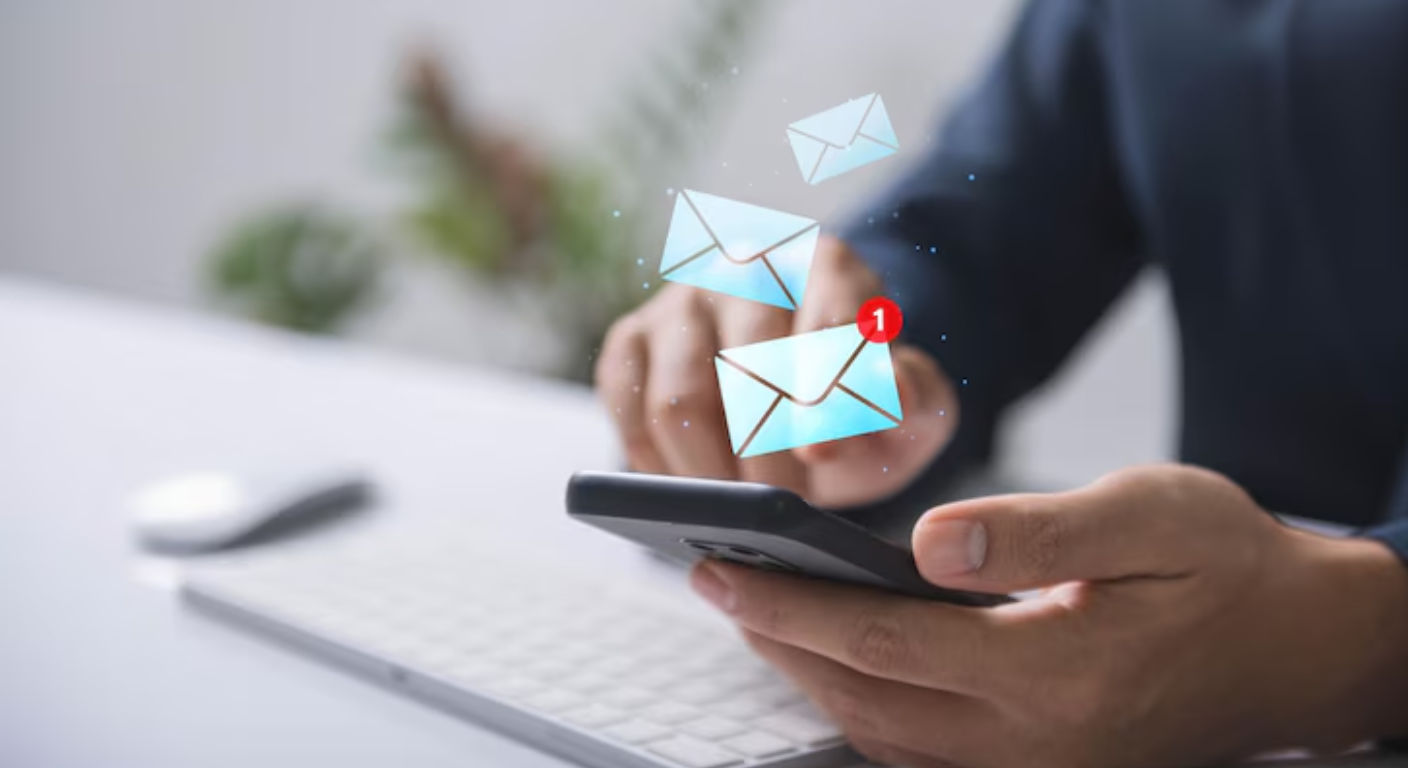Email marketing is one of the most cost-effective and high-ROI channels for eCommerce. It allows you to build relationships, recover abandoned carts, promote sales, and re-engage past customers. While many stores use email, only a few do it right. This blog highlights 10 strategic ways to make your email campaigns work smarter, not harder.
1. Build and Segment Your Email List
Don’t blast emails to everyone. Instead, segment your list by behavior, purchase history, and location. For example, new subscribers can get a welcome series, while past buyers can receive upsell recommendations. Segmenting improves open and click-through rates and ensures messages are more relevant.
2. Craft a Compelling Welcome Email Series
Your welcome email is your first impression—make it count. Send a series of 2–3 emails introducing your brand, sharing your story, and offering a discount to encourage first purchase. Include popular product links and encourage social follows.
3. Recover Sales with Abandoned Cart Emails
Cart abandonment is inevitable—but recoverable. Set up a 3-part abandoned cart flow that starts within an hour of abandonment. Include product images, urgency (“Items selling fast”), and a limited-time discount. These flows can recover up to 15% of abandoned carts.
4. Send Personalized Product Recommendations
Use data from past purchases and browsing behavior to suggest relevant products. Personalization increases engagement and makes your email feel tailored. “We thought you’d like these…” is far more effective than generic promotions.
5. Announce New Arrivals and Restocks
Let subscribers know when popular items are restocked or new collections drop. Create buzz with preview emails, behind-the-scenes images, and early access links. This drives immediate traffic and conversions.
6. Offer Exclusive Deals for Subscribers
Reward your email subscribers with special discounts, early access, or VIP-only sales. This builds a sense of community and encourages signups. Promote “Subscriber-Only” events during holidays or new launches.
7. Send Post-Purchase Follow-Ups
After a sale, send thank-you emails, order tracking, product care tips, and review requests. These build trust and extend the customer relationship beyond the transaction. Follow-up emails can also include upsells or related items.
8. Run Re-engagement Campaigns
Identify inactive subscribers and run win-back campaigns. Subject lines like “We miss you” or offers like “Here’s 15% to come back” can re-ignite interest. Remove totally unengaged users to maintain deliverability.
9. Use A/B Testing for Optimization
Test subject lines, CTAs, send times, and design formats. A/B testing reveals what resonates best with your audience, helping you constantly improve performance and avoid stagnation.
10. Track Metrics and Adjust Accordingly
Monitor open rates, click rates, conversions, and unsubscribes. High unsubscribes? You may be sending too often. Low opens? Your subject line needs work. Data should inform every campaign decision.
Conclusion
Email marketing remains the backbone of a successful eCommerce retention strategy. By implementing these proven tactics—from personalization to automation—you’ll see improved engagement, higher revenue, and stronger customer relationships. Start small, experiment, and scale what works.





